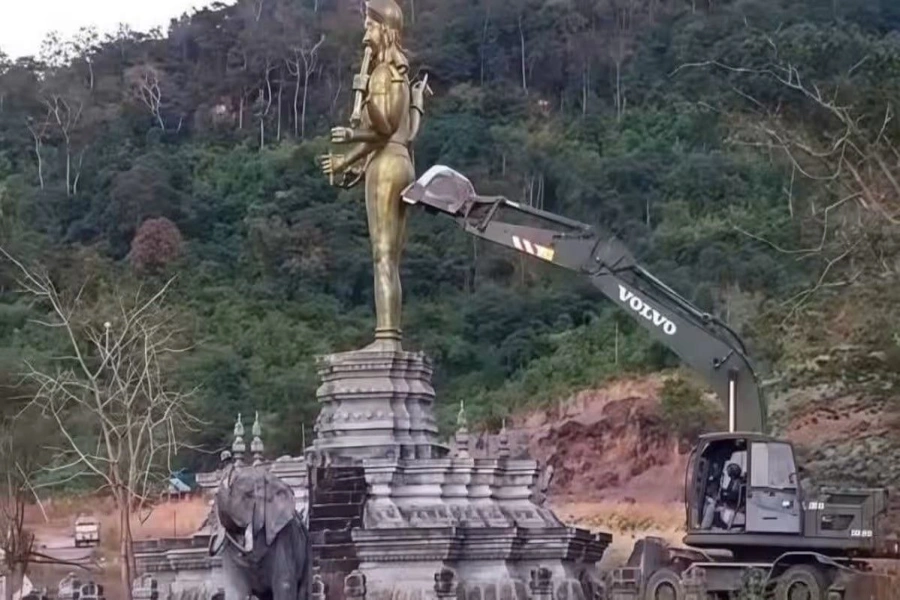KATHMANDU, Feb 15: This year's winter season is just two weeks away from coming to an end. According to meteorologists, December, January and February are considered winter months. These three months are the coldest in the year. There is usually at least one winter rain during this season.
However, this year there was very little winter rain across the country including Kathmandu. There was no winter rain in Kathmandu except sporadically. The western region and far west of Kathmandu, Karnali and Lumbini provinces received winter rains, but overall this year the winter rains were not enough, according to the Meteorological Forecasting Division (MFD).
“This year, the winter rain in Kathmandu and across the country was less than the average. It was not enough,” said Senior Meteorologist Raju Pradhananga. According to him, this year's winter rainfall system did not activate as it should have. As a result, winter rains were insufficient throughout the country, including Kathmandu. The MFD reported that 0.05 millimeters of rain fell in Kathmandu on February 2 and sporadically on February 5 this year.
What Another Dry Winter Means for Nepal

Meteorologists have yet to forecast whether there will be winter rains in the next two weeks before the winter season ends.
Pradhanang said, “There are still two weeks left for the winter season to end. However, it is not possible to say whether it will rain in these two weeks.”
According to meteorologists, this year winter has moved to 20/21 days compared to last year. The coldest day last year was January 7 (2.5 degrees), but this year the coldest day on record so far has been measured on January 28. On January 28 this year, the cold reached 2.1 degrees. Pradhanang said that the climate system and the world's weather system have influenced the change in cold weather this year compared to last year.
Similarly, environmentalists mention that the lack of rain in winter will increase pollution. According to meteorologists, due to the reduced air flow during the cold season, dust particles (PM2.5) are stuck in the air on the surface of the ground, which can have a fatal impact on human life.



































